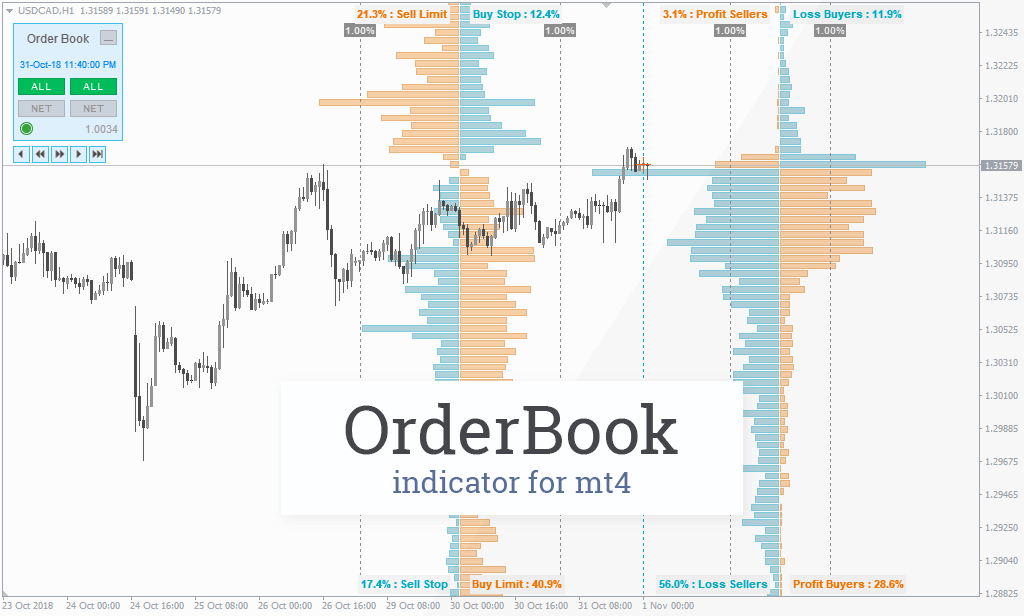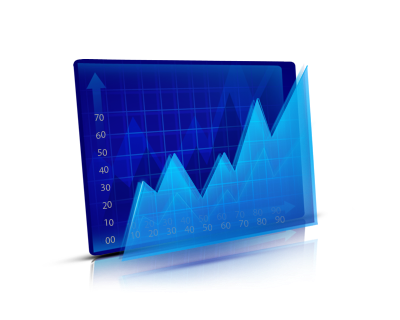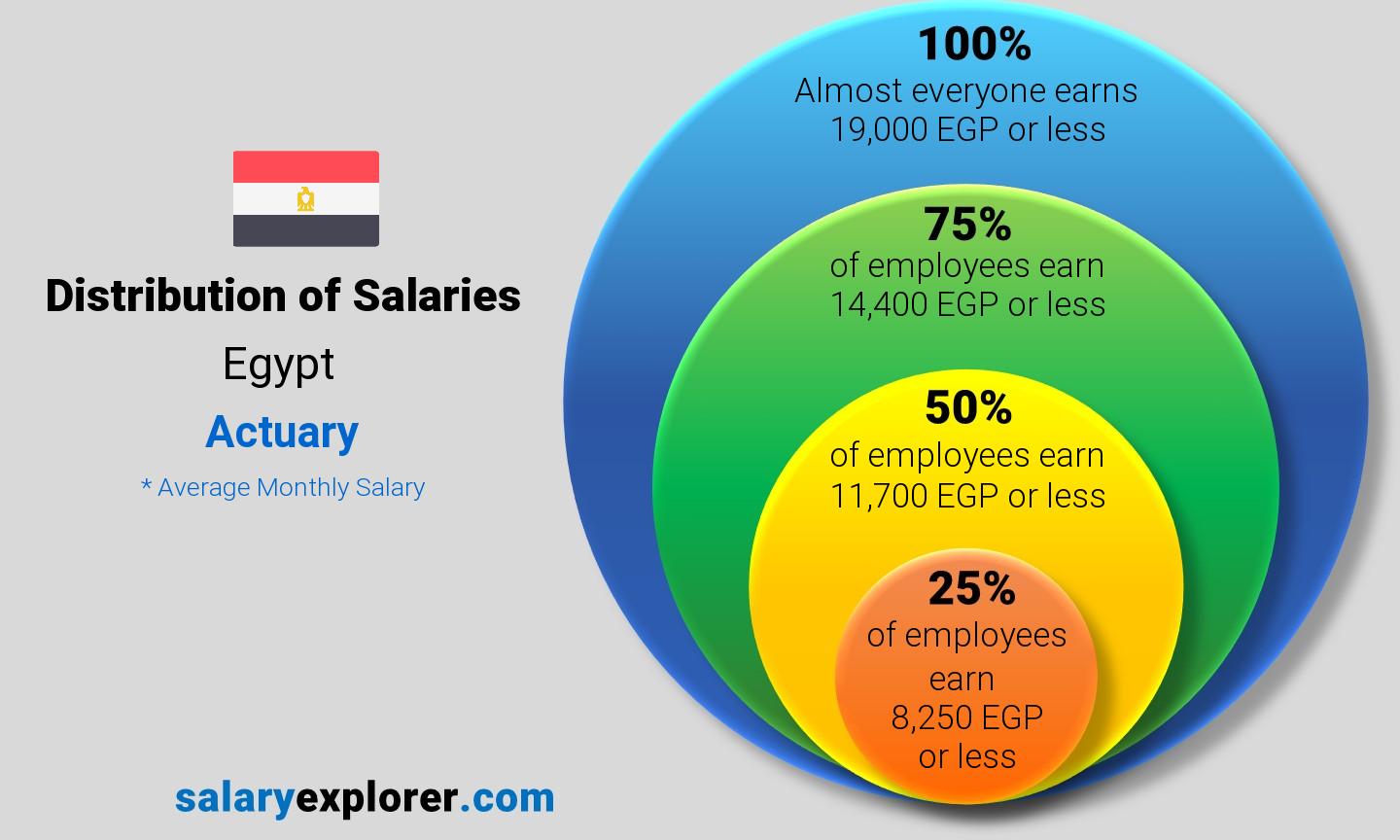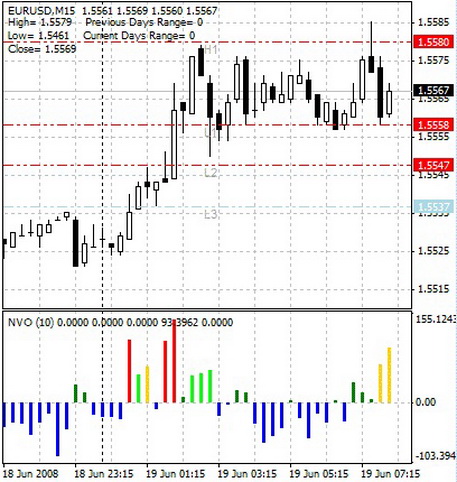No products in the cart.
Mục Lục

However, once their income allows them to purchase a automotive, they don’t need bus rides anymore. Therefore, the demand for bus rides decreases as revenue increases and vice versa. In the case of a traditional good, demand will increase because the earnings grows. That is, an increase in revenue shifts the demand curve to the right. Notice how these changes do not include changes in price for the discussed goods and services, as shifts in demand are brought on by economic factors other than price. P1 and Q1 represent initial price and quantity, whilst P2 and Q2 represent the price and quantity after the shift.
Pure and doped carbon quantum dots as fluorescent probes for the … – Nature.com
Pure and doped carbon quantum dots as fluorescent probes for the ….
Posted: Tue, 08 Aug 2023 13:46:23 GMT [source]
Consequently, the quantity of the good that is substituted decreases, and the demand curve shifts leftward. A market demand curve is the summation of the individual demand curves in a given market. It shows the quantity of a good demanded by all individuals at varying price points. Keep in mind that this graph doesn’t outline what consumers want. Rather, it depicts the goods and services they’ll buy if they purchasing power to do so. Conversely, if a firm faces higher costs of production, then it will earn lower profits at any given selling price for its products.
Definition of Shift in Demand Curve
This known as a requirement shift, and in this case, the complete demand curve shifts to the left. Since a shift in demand is brought on by economic factors other than price, the factors outlined below are the ones that you will need to know for now. Any changes in these factors are likely to bring on a change in quantity demanded at each price level, which is then reflected by either a rightward or leftward shift in the demand curve. The demand curve slopes downward because quantity is measured horizontally, and the price is measured vertically.
- Just as we described a shift in demand as a change in the quantity demanded at every price, a shift in supply means a change in the quantity supplied at every price.
- Take, for example, a messenger company that delivers packages around a city.
- When a non-price determinant of demand adjustments, the curve shifts.
Government policies can affect the cost of production and the supply curve through taxes, regulations, and subsidies. For example, the U.S. government imposes a tax on alcoholic beverages that collects about $8 billion per year from producers. Higher costs decrease supply for the reasons we discussed above. Other examples of policy that can affect cost are the wide array of government regulations that require firms to spend money to provide a cleaner environment or a safer workplace.
The Demand Curve
If we assume that, during the price reduction, the cost of making sofa cum beds are the same, then an increase in revenue will increase the profits of the firm. The demand determinant is changed is the price of related goods as poultry is a substitute good. But if the price remains the same, and the income changes, then that changes the amount purchased at every price point. People base their purchasing choices on value if all different things are equal.
- Consequently, the quantity demanded of the good that is substituted decreases, and the demand curve for it shifts leftward.
- Also, when a trend/fashion style becomes obsolete or is replaced by a new trend the demand curve for the specific goods can shift towards the left.
- The shift in the demand curve could be towards the right or left.
- Increases in demand are shown by a shift to the proper within the demand curve.
- The market demand curve describes the amount demanded by the complete marketplace for a class of products or providers, likegasoline prices.
- For example, if the price of corn rises, consumers will have an incentive to buy less corn and substitute other foods for it, so the total quantity of corn that consumers demand will fall.
If the worth of a complement, similar to charcoal to grill corn, will increase, demand will shift left (D3). This means more of the great or service are demanded at everyprice. They’ll buy extra of every little thing, although the value hasn’t modified.
Rightward shift in demand curve
A leftward shift in demand means that consumers are seeking less/fewer quantities of a good at every price point, thus shifting the demand curve to the left. For instance, if consumers expect the price of a certain product to rise in the future, they may seek to stock up on that product in the present in order to reduce their expenses down the road. This increase in current demand in terms of quantity would lead to a rightward shift of the demand curve. For instance, a certain style of skirt may decrease in popularity as time goes by and the style becomes outdated.

Typically, as the price rises, the demand falls; as a result, the curve slopes down from left to right. A supply curve is a graphic representation of the correlation between the cost of a good or service and the quantity supplied for a given time period. Typically, as the price of a product increases, the quantity supplied also increases. A supply curve shows how quantity supplied will change as the price rises and falls, assuming ceteris paribus so that no other economically relevant factors are changing.
More explanations about Supply and Demand
Conversely, especially good weather would shift the supply curve to the right. A demand curve doesn’t look the same for every product or service. When the price rises, demand generally falls for almost any good, but the drop is much greater for some goods than for others.

In economics the demand curve is the graphical representation of the relationship between the price and the amount that consumers are keen to purchase. The curve exhibits how the price of a commodity or service changes as the amount demanded increases. shift in demand curve means Shifts in demand are a reflection of a change in quantity of a good/product demanded at any price level, due to economic factors other than price. In most circumstances the demand curve has a negative slope, and therefore slopes downwards.
The Law of Demand
Veblen goods are those for which demand rises even as the price rises because of the exclusive nature and appeal of these products as status symbols. Like the demand curve for a Giffen good, a Veblen good has an upward-sloping demand curve (in contrast to the usual downward-sloping curve). When an item becomes fashionable, perhaps due to smart advertising, consumers clamor to buy it. In various parts of the world, the Apple iPhone has also become a status symbol, illustrating inelastic demand just as Nokia Corp.’s cellphones did in the early 2000s.

In an analysis of the market for paint, an economist discovers the facts listed below. State whether each of these changes will affect supply or demand, and in what direction. Ceteris paribus allows you to look at the effect of one factor at a time on what it is you are trying to analyze. When you have analyzed all the factors individually, you add the results together to get the final answer. Factors That Shift Supply Curves (a) A list of factors that can cause an increase in supply from S0 to S1. (b) The same factors, if their direction is reversed, can cause a decrease in supply from S0 to S1.
As such, the fluency of language and grammar is impeccable. We have highlighted some of the most popular subjects we handle above. We deal in all academic disciplines since our writers are as diverse. They have been drawn from across all disciplines, and orders are assigned to those writers believed to be the best in the field.
Shifts in demand curve are caused by economic factors other than the price of the good/service at hand, such as consumers’ income, trends, etc. For example, at different points in time, the number of college-age individuals in a given population may periodically increase or decrease. If the number of individuals of that age group rises, this would likely cause an increase in demand for spots in higher education.
Are middle managers your next ace in the hole? – McKinsey
Are middle managers your next ace in the hole?.
Posted: Tue, 01 Aug 2023 00:00:00 GMT [source]
The provide of the good and the market and firm characteristics implicit in the form of the provision curve are also held fixed. This permits for an evaluation of the rise in earnings, on the patron’s demand for the one good alone. A market demand schedule is a table that lists the quantity of an excellent all customers in a market will buy at each totally different value.
